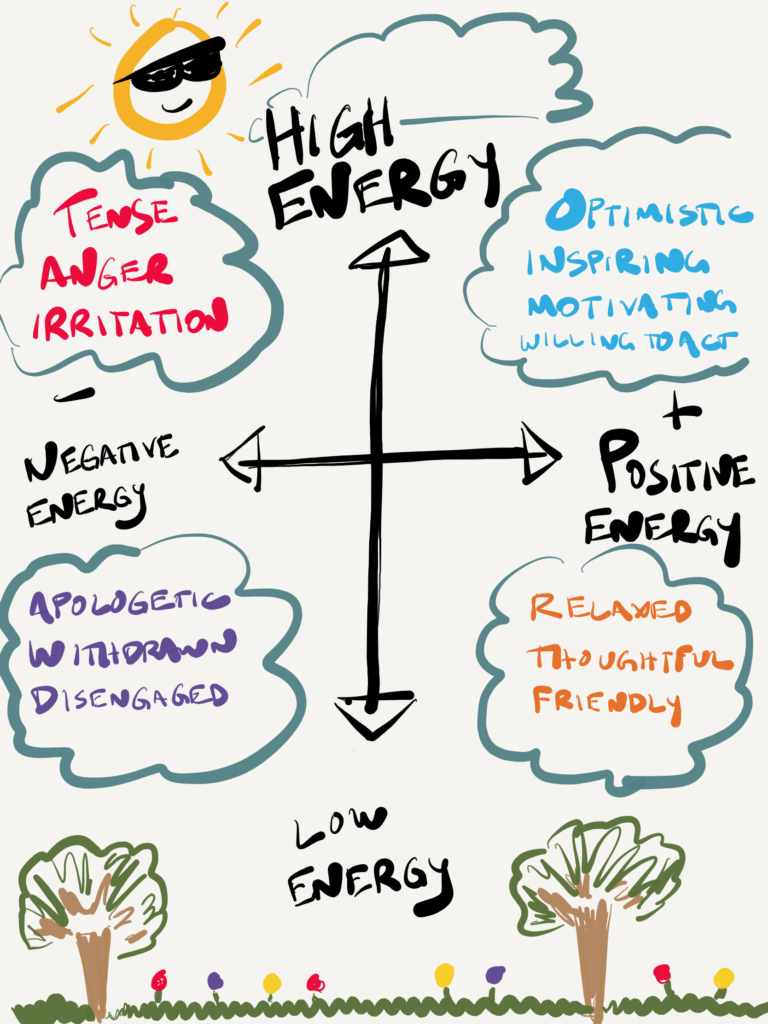Be yourself
Some of my biggest mistakes were made because I was being inauthentic to who I truly was. It’s good to emulate your heroes, but at some point you have to trust yourself and develop your own style of leadership. The sooner you will drive more results and you’ll feel better in your own skin.
Create a 90-day plan
The First 90-Days by Michael Watkins is a gem. Buy this book if you are new to leadership or transitioning to a new position. It will teach you how to best prepare yourself walking into a new situation. My biggest takeaway: what do you want to accomplish at the end of the first week, first month, and first 90-days?
In addition to a 90-day plan, you might want some of these tools as well.
Listen
I heard on a podcast that managers give answers and leaders listen. I like that description. You will have more influence and build better relationships if you stay curious, ask great questions, and listen.
Another overlooked component of listening is that when you do speak and make a promise, you better follow through or you’ll lose trust.
Here is a great book on avoiding the advice trap.
Go slow to go fast
Don’t change anything in the first year. Understand that your idea of change is different from what your staff thinks.
As a new principal, I made the mistake of thinking that my ideas of BIG change and small change were the same as how my staff would view change.
I thought that BIG change equaled how we would change RtI and offer a world-class education to all students. That was going to take a ton of work. I thought small change included how we would tell our story on social media.
What I didn’t realize was giving staff shout-outs on social and posting pictures of people doing amazing work would be seen as a BIG change.
Decide how you want to show up each day
Like it or not, you are a meteorologist. Your presence determines the quality of the culture. If you are too focused on results or rigid in expectations, people will resent you. If you are too hands-off, people will take advantage. If you use sarcasm because you are insecure or have low social awareness, rudeness will infect your culture.
It’s important to note your positive and negative tendencies. I think of them also in terms of high and low energy. List out what is common for you and shoot for the more positive. You can’t be perfect, but you can be intentional. Thinking about that each morning and reflecting on your presence each night is a good start.

Relationships are what’s most important
This quote says all you need to know:
“People don’t care how much you know until they know how much you care.”
-Theodore Roosevelt.
Stories and emotions are what drives change
We are inherently emotional beings that love to listen to stories. When something happens in our environment the stimulus travels up our spine into our limbic system, where emotions are created. Most stimulus stops there, which is bad for rational thought, but powerful to know when you want to move people to act.

Tell stories that connect with people’s souls and hearts, and they will move in the direction of your vision.
Rely on spreadsheets, data, logic, and text-dense presentations, and you’ve lost. If people are nodding their heads during your presentation, that’s only because you’re the boss, not because you are an effective communicator.
Here are great books on telling the right stories and that you don’t have to shout when you have something to say.
I did this podcast with a neuroscientist on better storytelling.
Distinguish between deep work and shallow work
There is a difference between deep and shallow work. It’s like the blind in poker. Just because you match it, you are not guaranteed to win the hand. Adding some chips just means you get to play through the round. To win at poker you must use the right strategy.
Shallow work helps you keep your job: responding to emails, completing evaluations, being present in the hallway.
Deep work is the right strategy. These are tasks only you can do and help a good organization become great. An example of deep work would be drafting a compelling vision for the next three years and then blocking time each week to make progress on that vision.
Some shallow work you might be able to cut entirely so you can focus on deep work.
Effective leaders are proactive
You have a choice: set the pace or try to keep up. It’s that simple, but being proactive is not easy. The biggest hurdle a leader must overcome is setting aside time right now that will buy back time in the future. This requires discipline and intentionality that few leaders have.
Two easy steps that you can implement today:
- Set aside 15-30 minutes a day to problem-solve.
- Set aside 30-60 minutes a week to build the systems and processes necessary to run an efficient organization.
This post will give you more ideas on how to be a proactive leader.
Leading in isolation is a choice
Five assertions about leadership:
- Leadership is tough enough and tougher in isolation.
- Greg Salciccoli said, “Isolation is the enemy of excellence.”
- Learn from the mistakes of others.
- Jim Rohn said, “You are the average of the five people you spend the most time with.”
- All of us are better than any of us
At Better Leaders Better Schools we believe that “Everyone wins when a leader gets better. Everyone wins when you get better.”
We help leaders grow through connection and community.
The best way to connect is to join our flagship leadership development community, the mastermind. Learn more and apply here.



